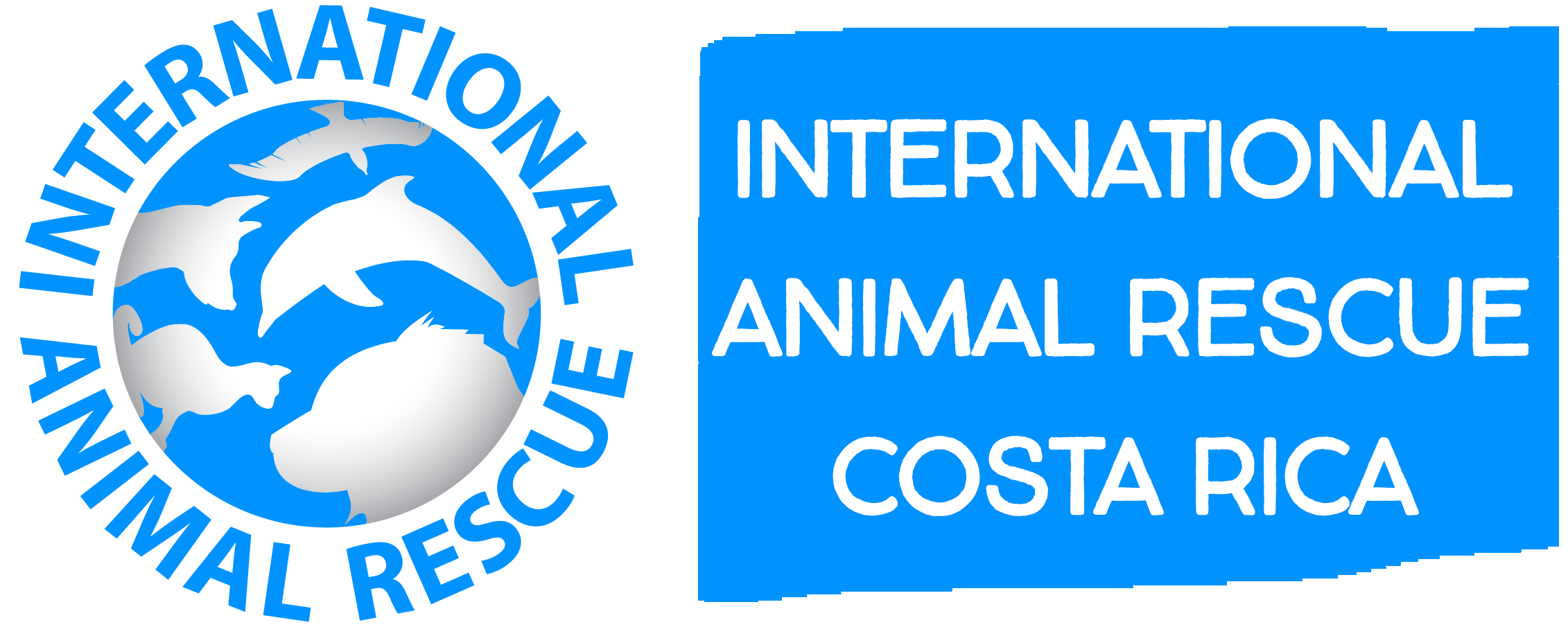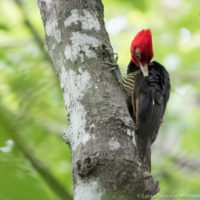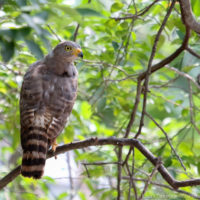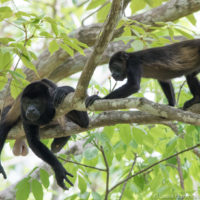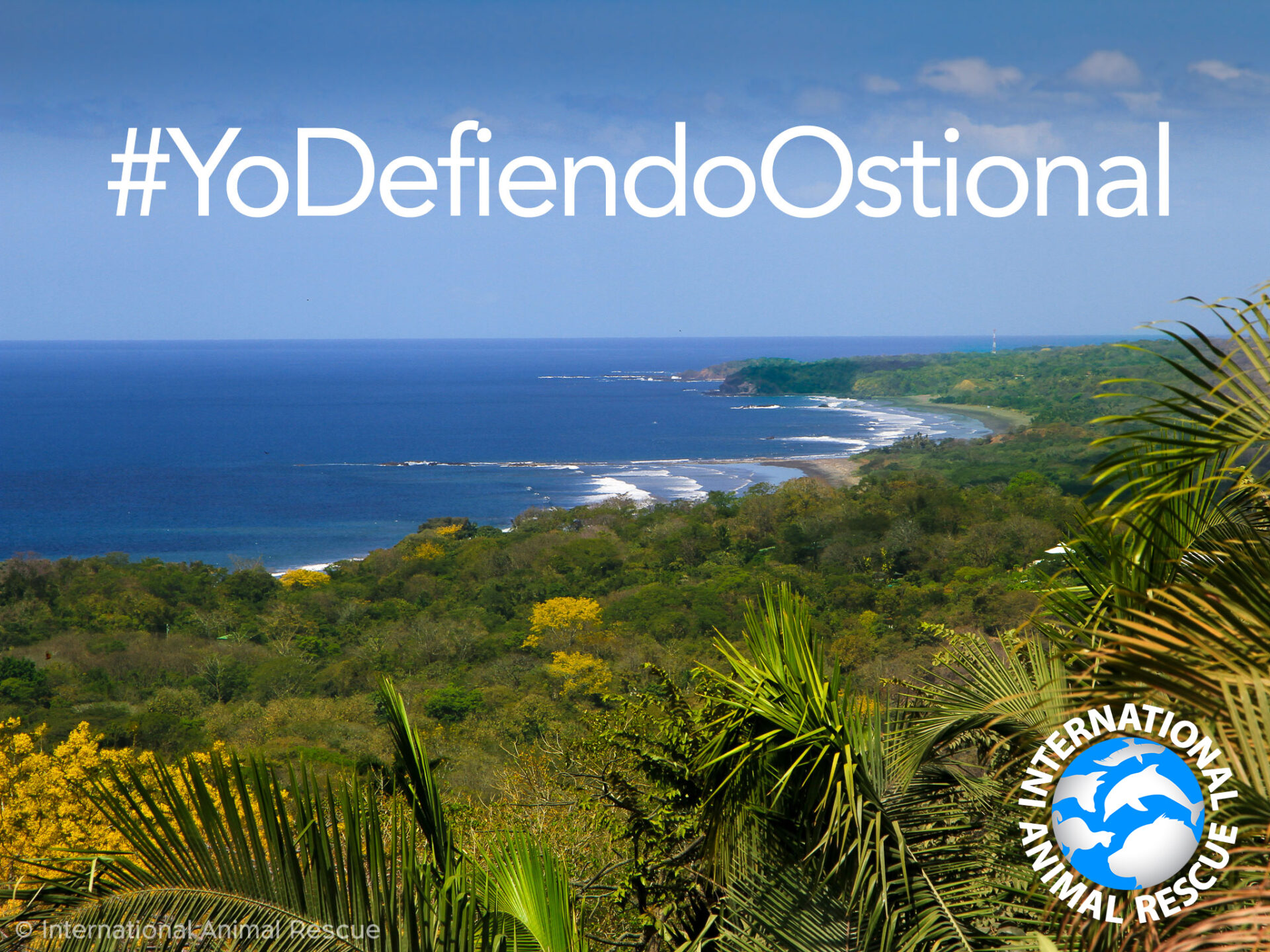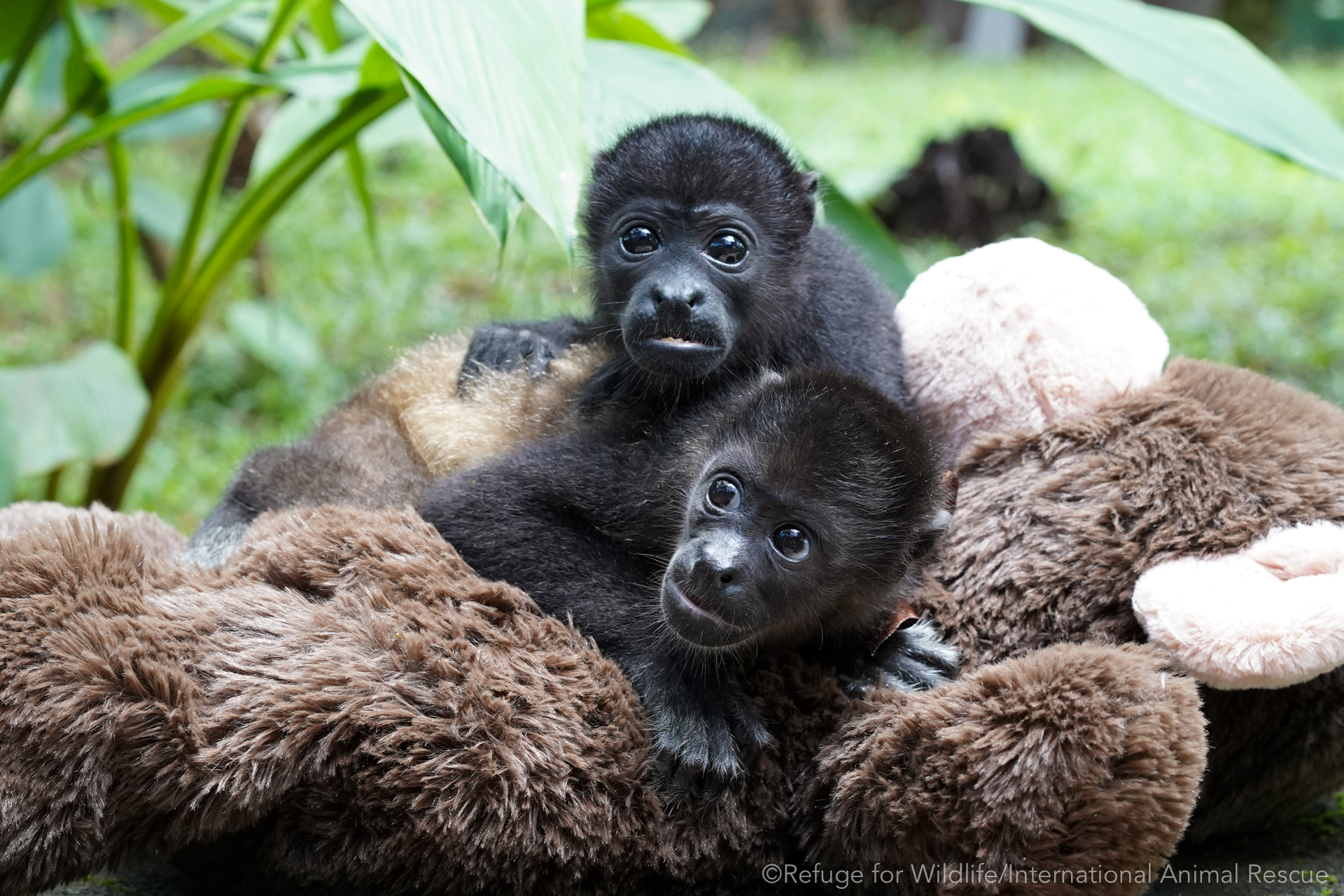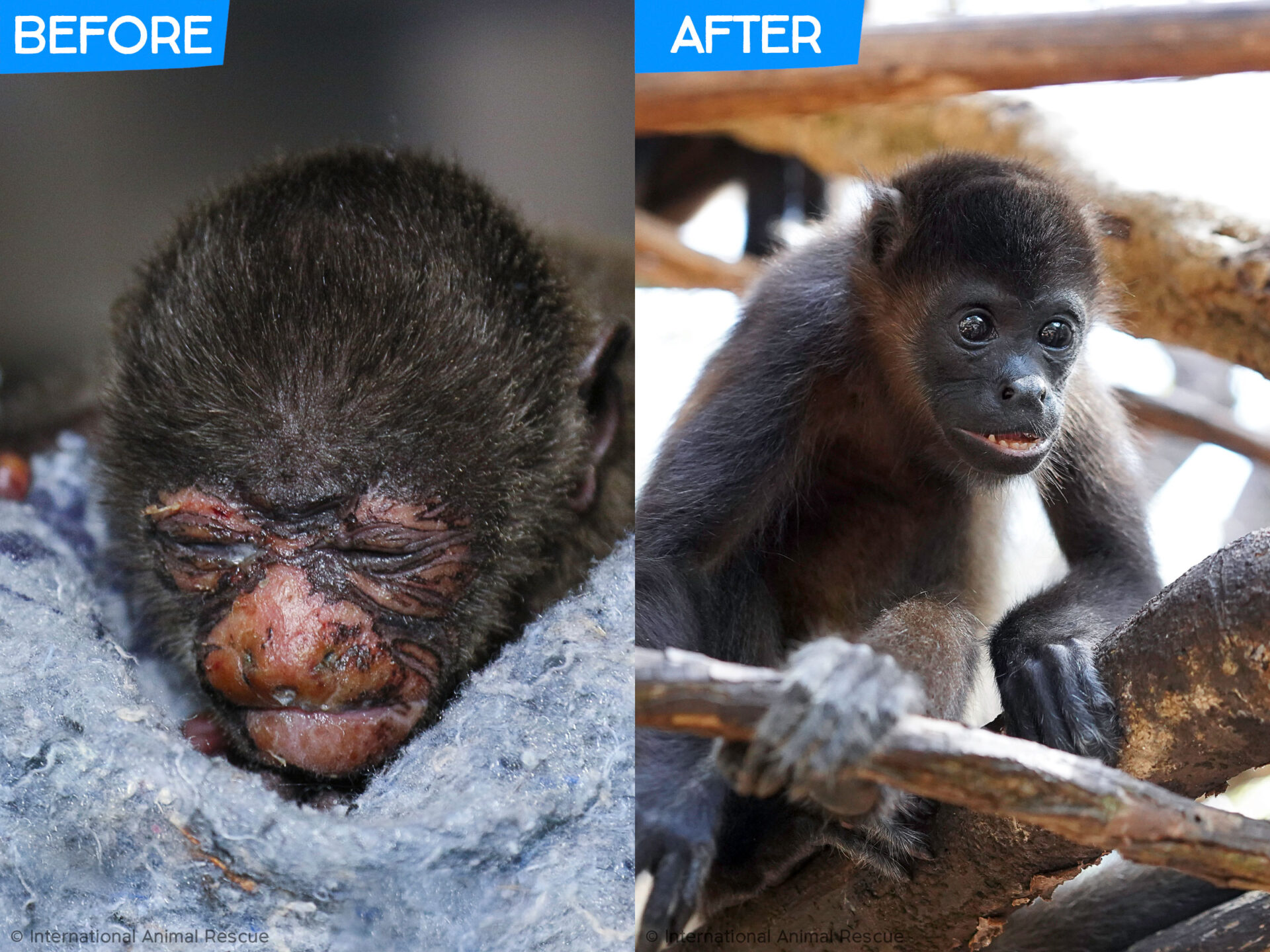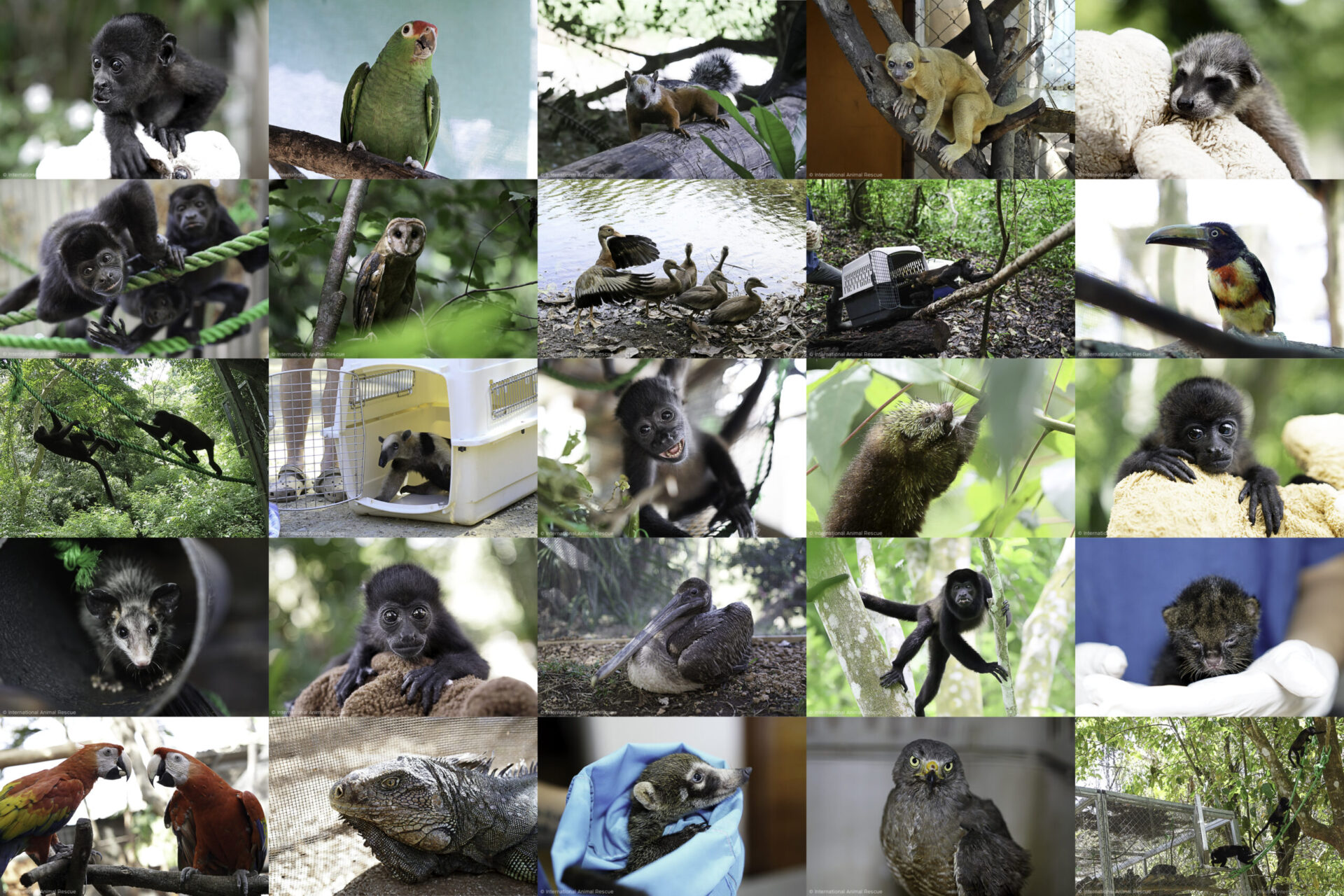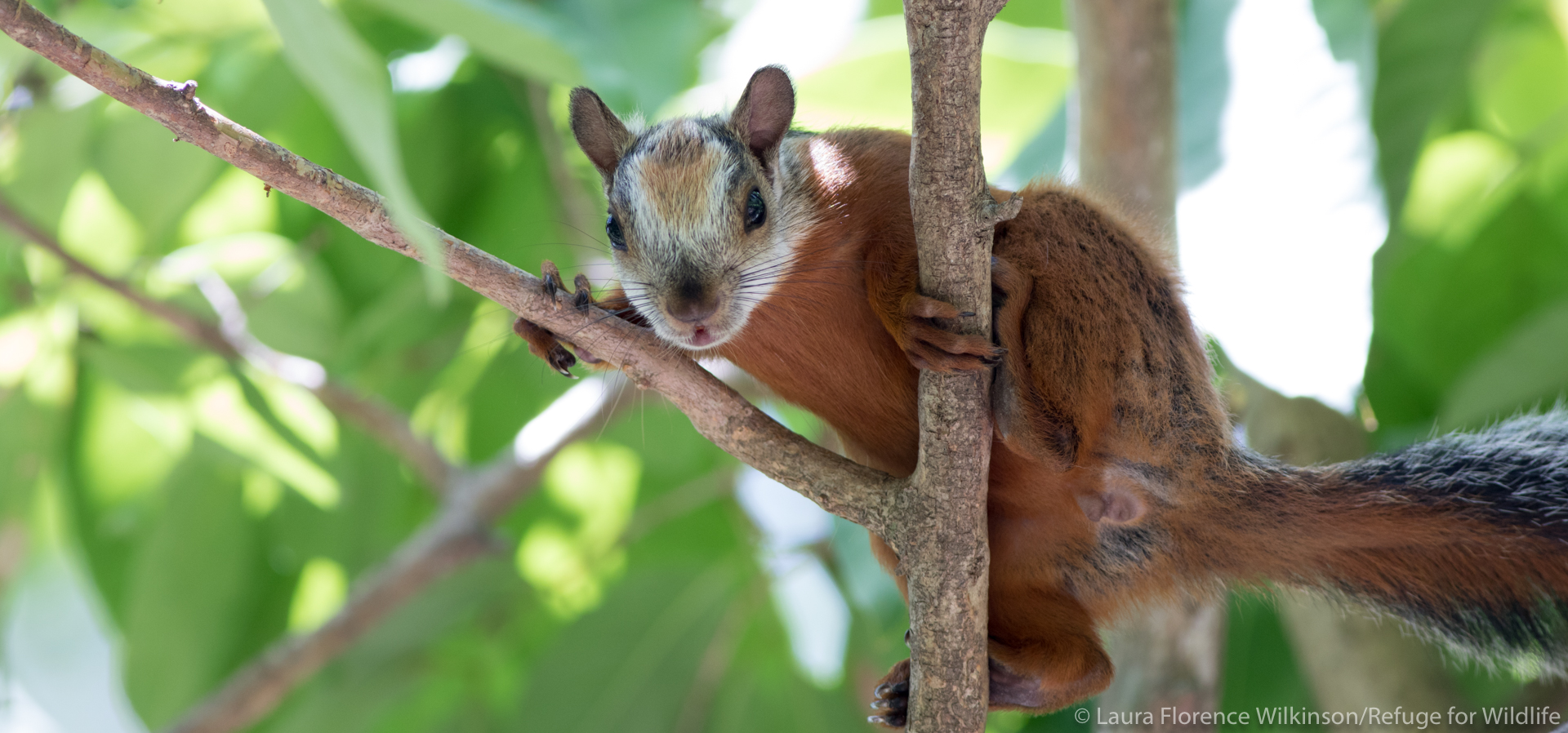
Preserving Wildlife Habitat
Costa Rica is known for its pristine coastline, consistent surf, and exotic wildlife. Everyone would agree that a huge part of what draws tourists and new residents to the Guanacaste area is the spectacular flora and fauna that fills our jungle. As the area grows, we have a responsibility to ensure that there is sustainable development that protects Costa Rica’s wildlife from human impact.
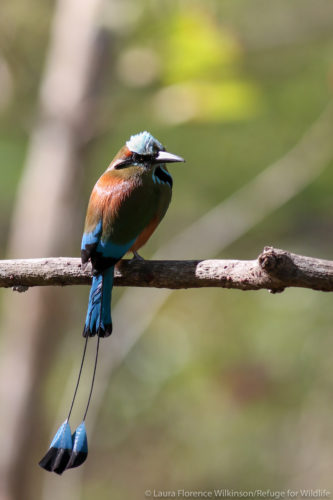 Providing safe habitat for wildlife is only possible if we work together as a community to implement strategies that will not only stop unnecessary wildlife loss but also increase the value of our properties and increase the appeal of our town for visitors. The recent surge in development has negatively impacted wildlife due to loss of habitat, loss of safe arboreal crossings, competition for limited food resources, and electrocutions.
Providing safe habitat for wildlife is only possible if we work together as a community to implement strategies that will not only stop unnecessary wildlife loss but also increase the value of our properties and increase the appeal of our town for visitors. The recent surge in development has negatively impacted wildlife due to loss of habitat, loss of safe arboreal crossings, competition for limited food resources, and electrocutions.

Habitat loss, due to development has increased in the past years. We understand that everyone who owns property has the right to build and develop, but overdevelopment such as clear-cutting and building property line to property line is devastating for wildlife. Disrupting loud noises like chainsaws, angle-grinders and cement trucks also negatively affect our wildlife.
 In areas where land has been clear cut, arboreal wildlife must go to the ground where they are vulnerable to attacks from predators and domestic pets. Crossing roads is even more dangerous for wildlife, especially along main roads and highways, including many that have been recently widened in preparation for paving. Although, with the help of MOPT and ICE, several rope bridge crossings have been installed to help wildlife cross safely, the main roads are extremely dangerous for wildlife.
In areas where land has been clear cut, arboreal wildlife must go to the ground where they are vulnerable to attacks from predators and domestic pets. Crossing roads is even more dangerous for wildlife, especially along main roads and highways, including many that have been recently widened in preparation for paving. Although, with the help of MOPT and ICE, several rope bridge crossings have been installed to help wildlife cross safely, the main roads are extremely dangerous for wildlife.
 Loss of mature trees that provide essential food for arboreal wildlife has created intense competition. Howler monkeys are especially affected because different troops take a lot of precautions (howling back and forth to announce their location) to avoid confrontation. Lack of food resources has meant different howler troops often bump into each other seeking nourishment from the same trees, resulting in deadly battles between alphas.
Loss of mature trees that provide essential food for arboreal wildlife has created intense competition. Howler monkeys are especially affected because different troops take a lot of precautions (howling back and forth to announce their location) to avoid confrontation. Lack of food resources has meant different howler troops often bump into each other seeking nourishment from the same trees, resulting in deadly battles between alphas.

Deforestation and the installation of electrical supply has increased wildlife deaths and injuries because monkeys have no choice but to use electrical cables to move between fragmented habitat. On average, IAR Costa Rica responds to over 100 electrocuted howler monkey rescue calls each year. Very often , the monkeys die at the scene due to catastrophic electrocution injuries. For electrocuted monkeys that survive the initial shock, the prognosis is very poor.
How You Can Help Preserve Wildlife Habitat

- Considering leaving a large portion of your property untouched to support wildlife with native trees and plants.
- Get an assessment of the types of trees on your property and leave mature trees and important food resources for wildlife.
- Do not cut trees along natural wildlife crossings that arboreal wildlife use.
- Install a rope bridge to cover gaps in natural wildlife crossings.
- If you’re thinking about clearing your lot before selling or building, keep as many trees and plants as possible.
- Plant new trees in safe locations away from electrical cables, transformers and domestic pets.
- If you want to grow food trees like mangoes, papaya, wild cashew, fig, guaba, and guarumo, plant them in areas easily and safely accessible from the treetops.
- If you are reforesting a cleared area of land, plant fast-growing native trees and plants (not exotic foreign species) that will provide shade, benefit wildlife and attract exotic birds and butterflies.
- Walk your dog on a leash and monitor your pets to ensure they do not attack wildlife.
- Drive slowly on the main road and be prepared to safely stop for crossing wildlife.
- When designing your dream home, consider using an architect that will keep existing trees and habitat for animals.
- Hire project managers and construction firms that will protect habitat.
- Make sure your power supply is safe for wildlife – insulate your transformer and power lines

